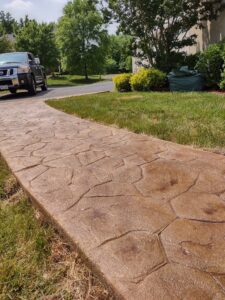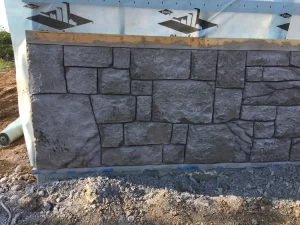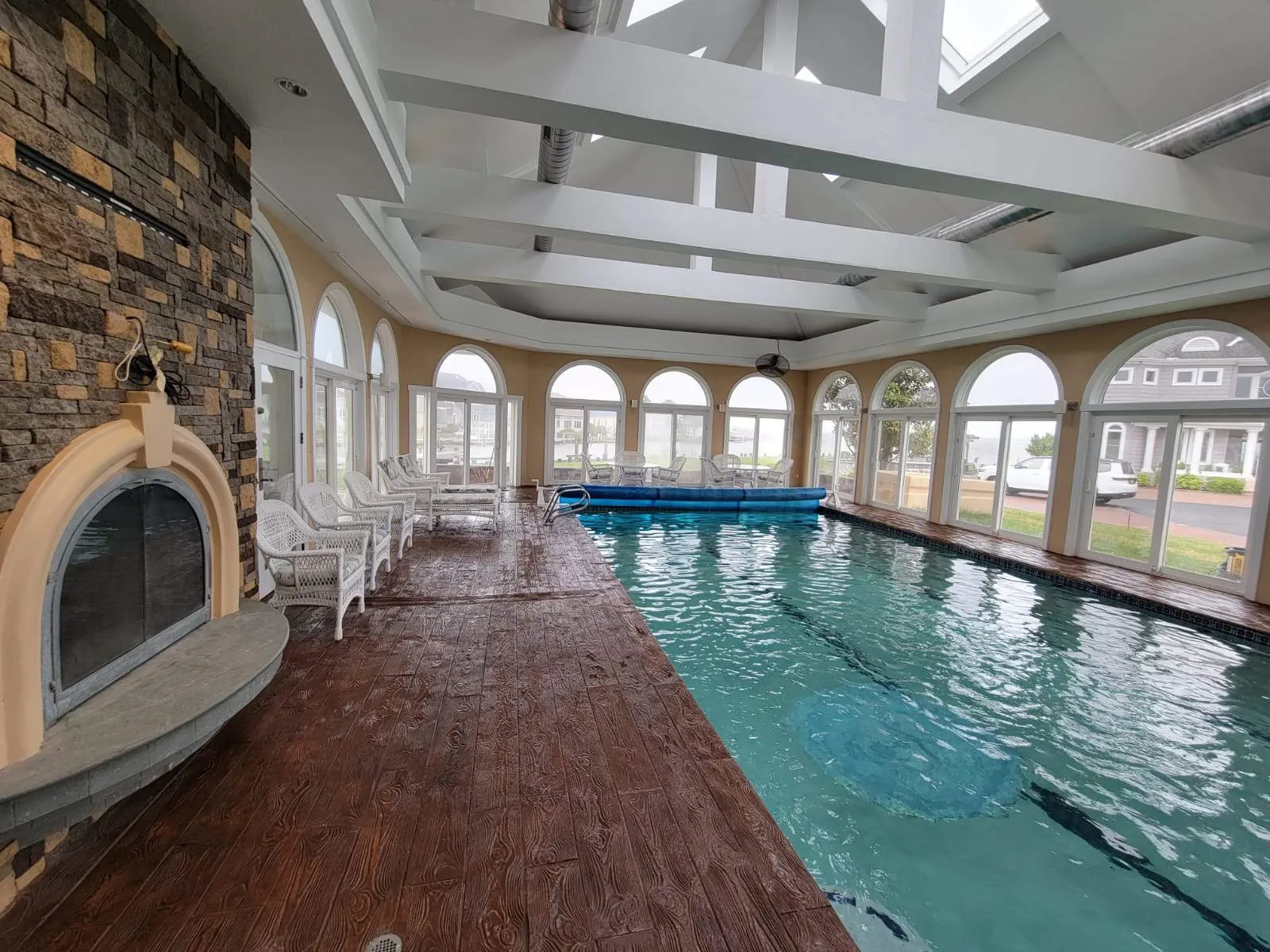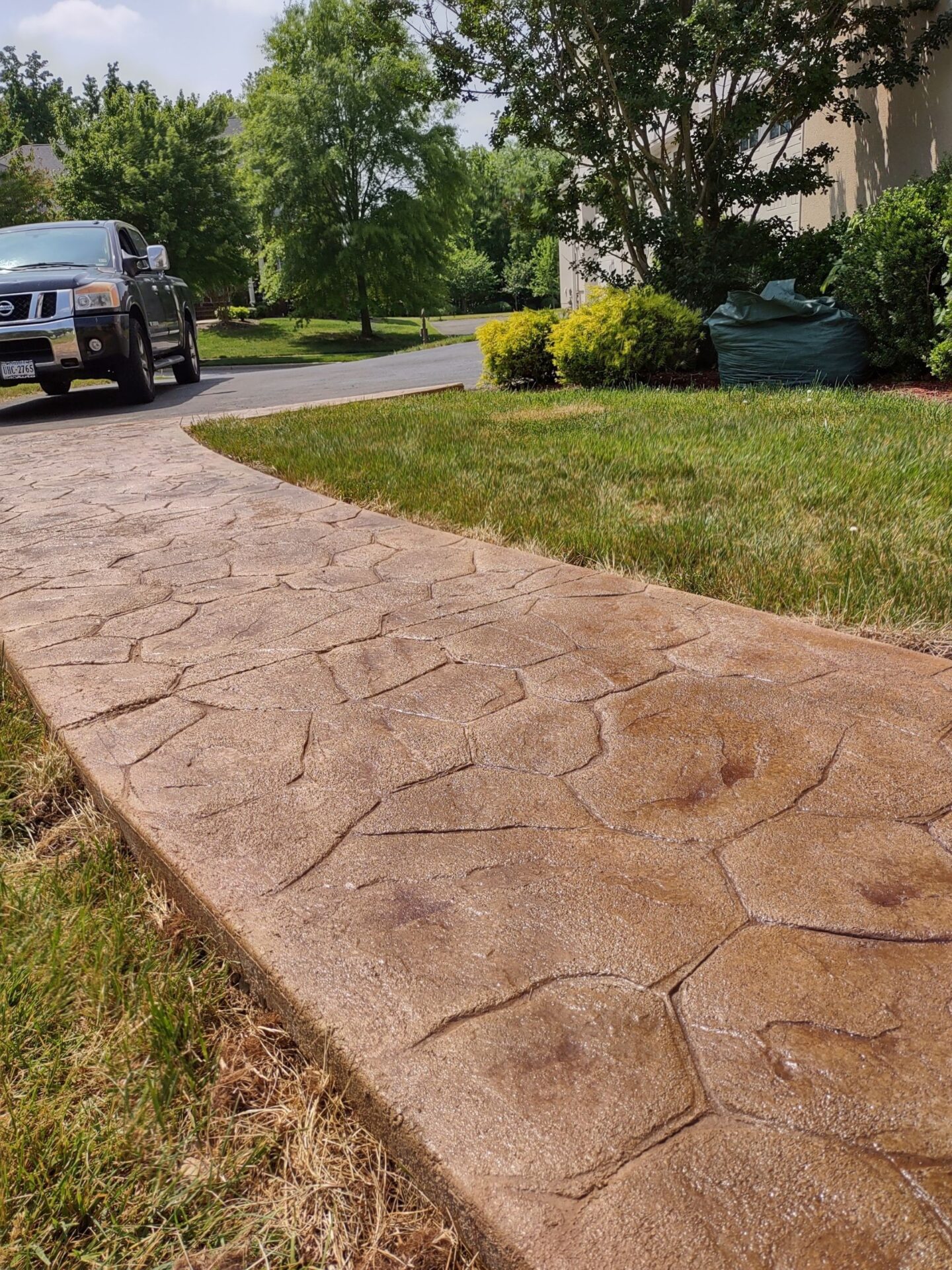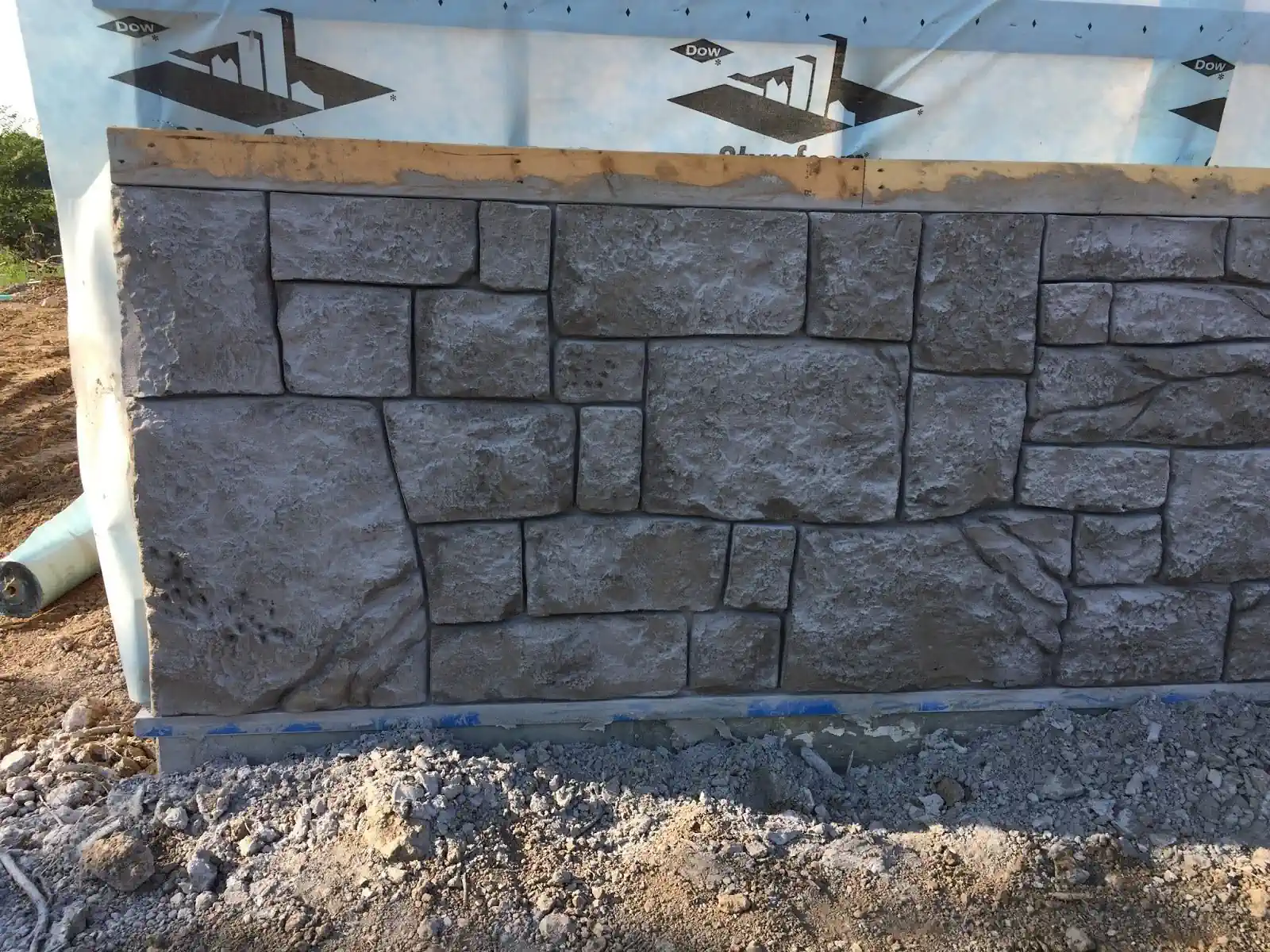A concrete retaining wall is a structure designed to hold back or “retain” soil, preventing it from moving or eroding away. These walls are essential for properties with uneven or sloped terrain, where soil displacement can create serious issues like erosion, instability, and even landslides.
In addition to their functional role, retaining walls can enhance the aesthetic appeal of a property. They create visual separation between different areas of the landscape and allow for creative design solutions like terraced gardens or raised patios. Today, we show you our reasons to pick this option for your property:
Cost-Effective in the Long Run
Unlike other materials, concrete is known for its durability, adaptability to temperature changes, and overall provides an aesthetic appeal that adds value to your property.
Retaining walls can be customized to fit your style and needs. There are various textures, colors, and shapes that allow you to let your imagination soar when designing landscaped spaces.
Additionally, a well-designed retaining wall significantly reduces the risk of erosion caused by rain and other weather events.
Comparing concrete to other retaining wall materials
Concrete vs. Wood
Wood is typically susceptible to termites, weather damage, and rot. It can crack and lose effectiveness in a shorter time compared to the durability and low maintenance costs that concrete offers.
Concrete vs. Stone
While stone retaining walls have a timeless and classic appeal, they often come with higher material and labor costs due to the intricacy of installation. Concrete, on the other hand, is a more cost-effective option. It offers the appearance of natural stone through stamped and textured options without the hefty price tag.
Eco-friendly solutions and environmental benefits
Reducing Soil Displacement
Concrete retaining walls play a crucial role in minimizing soil displacement, which helps to preserve the natural landscape and reduce erosion. By holding back soil on sloped properties, these walls prevent runoff during heavy rain, which can otherwise lead to the loss of topsoil and harm surrounding vegetation. This soil stabilization promotes a healthier environment by preventing landslides and keeping the ecosystem intact.
Eco-Friendly Materials
Modern concrete mixtures can be made more sustainable by incorporating recycled materials such as fly ash, slag, or crushed concrete. These alternatives reduce the need for new raw materials, lowering the environmental impact of the production process. Additionally, using recycled aggregates helps minimize waste in landfills and conserves natural resources, making concrete retaining walls a more eco-friendly option for property owners looking to reduce their carbon footprint.
Retaining walls are the best choice to transform your property into a safe and ideal space. Concrete provides everything you need—from a strong, durable structure to effective erosion control, ensuring long-lasting value and cost-efficiency over time. And let’s not forget the versatility of its design, which opens up a world of possibilities for you. Ready to get started? Contact us today for expert consultation on your next retaining wall project!


